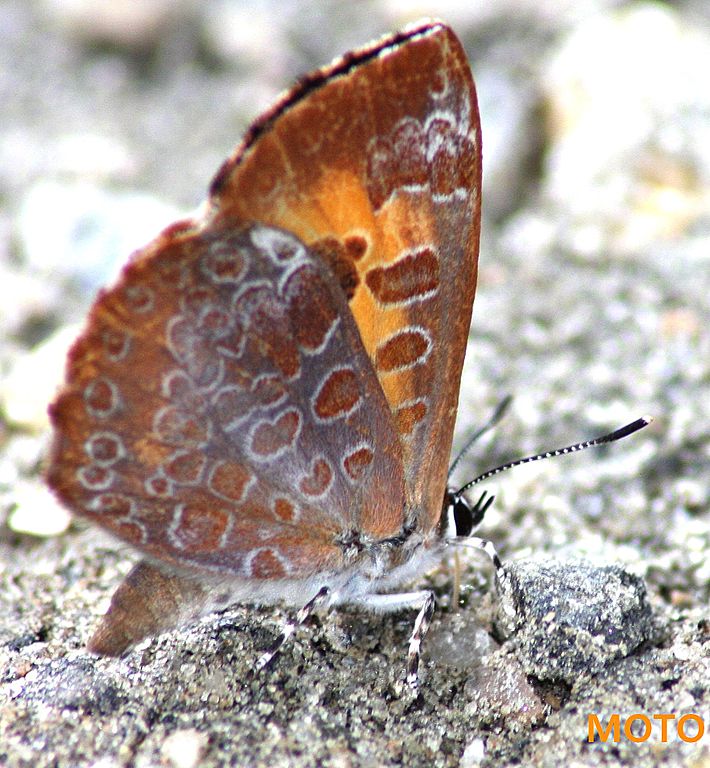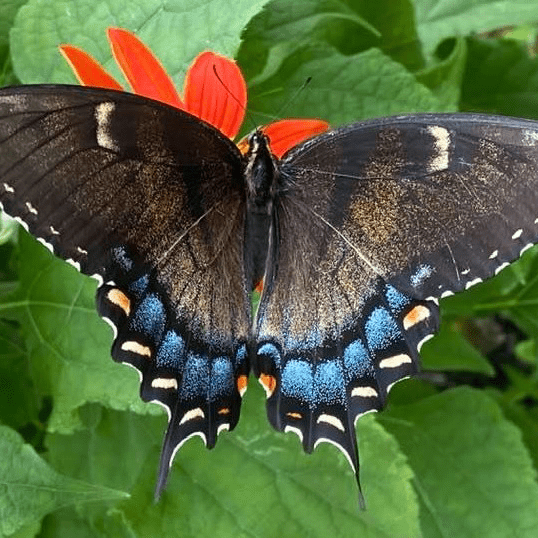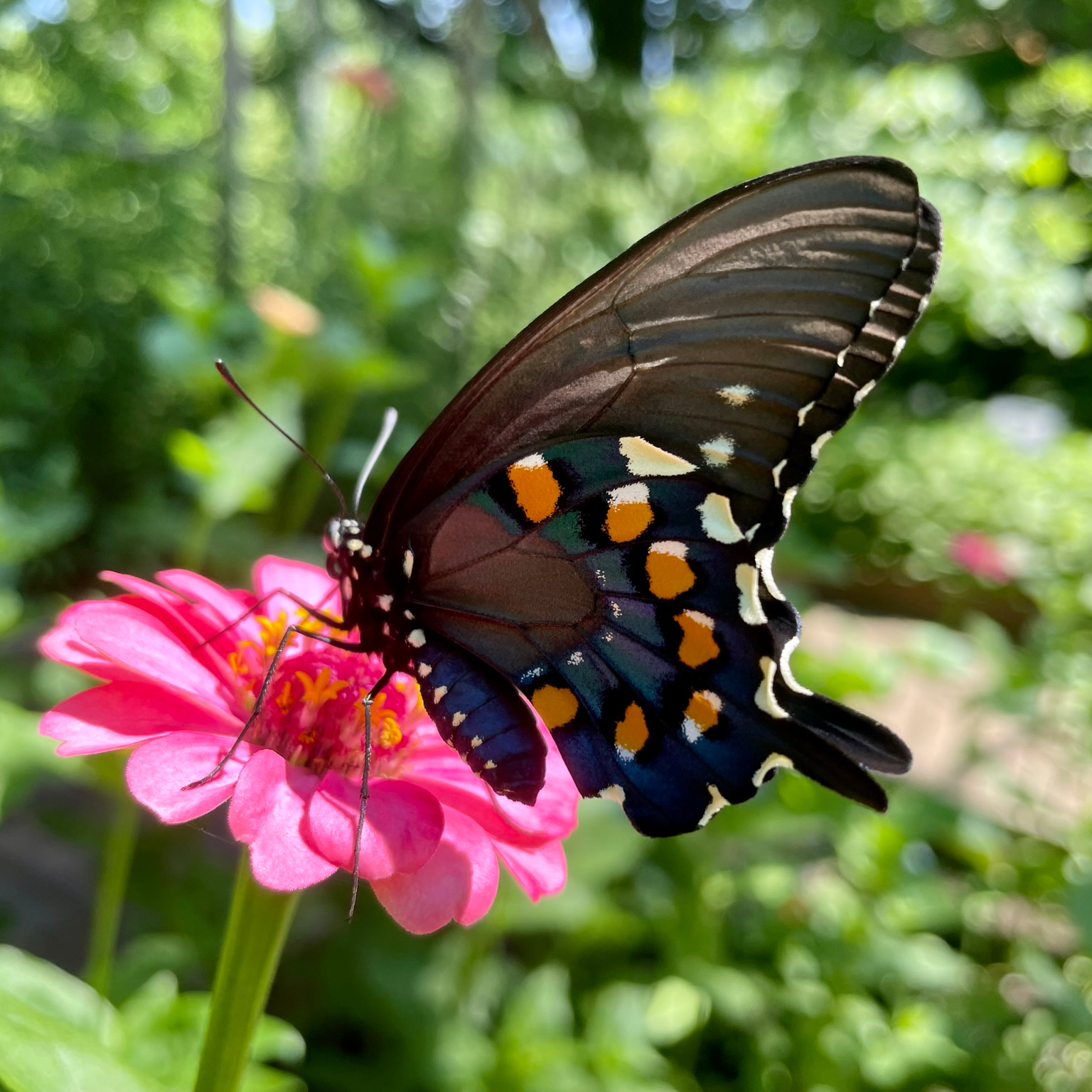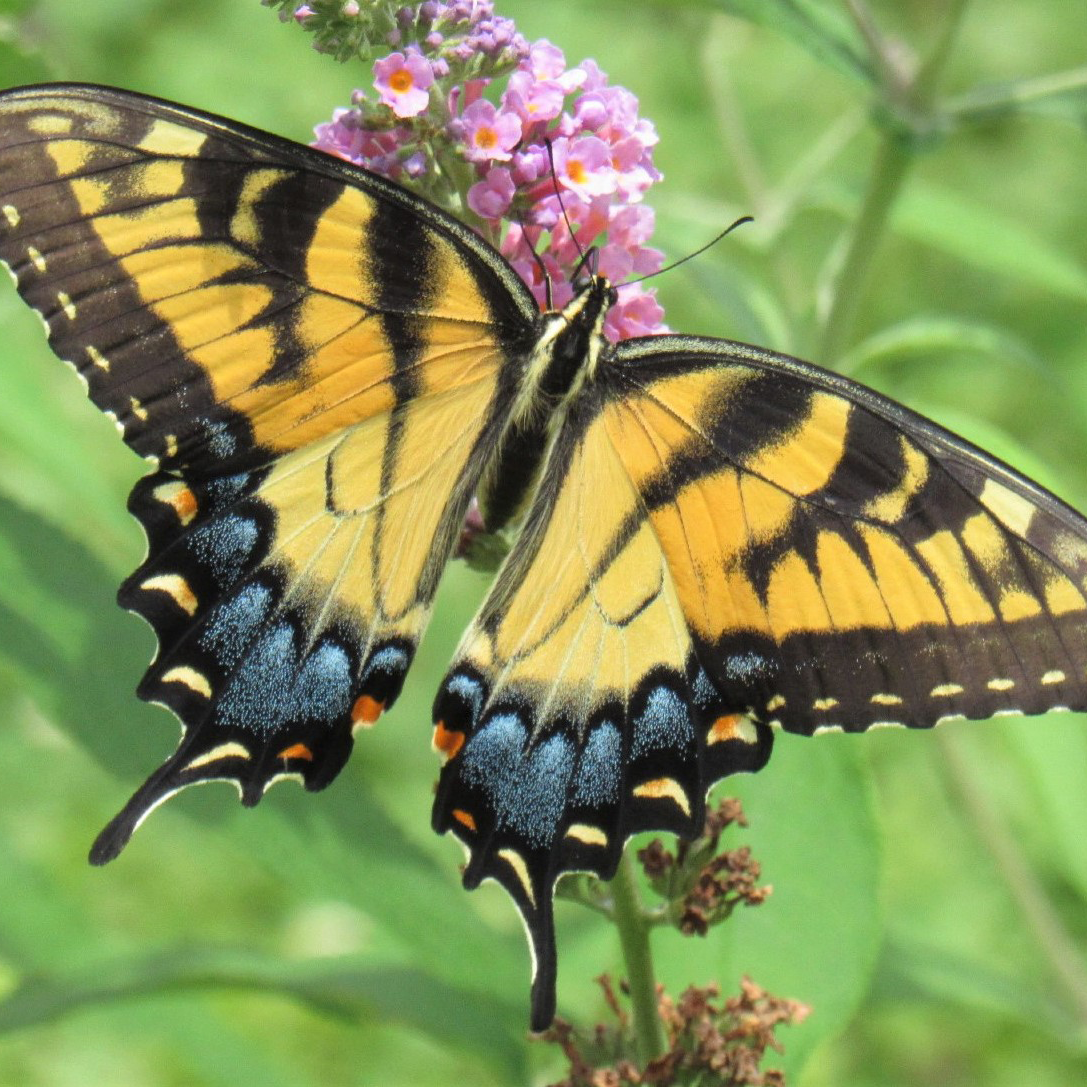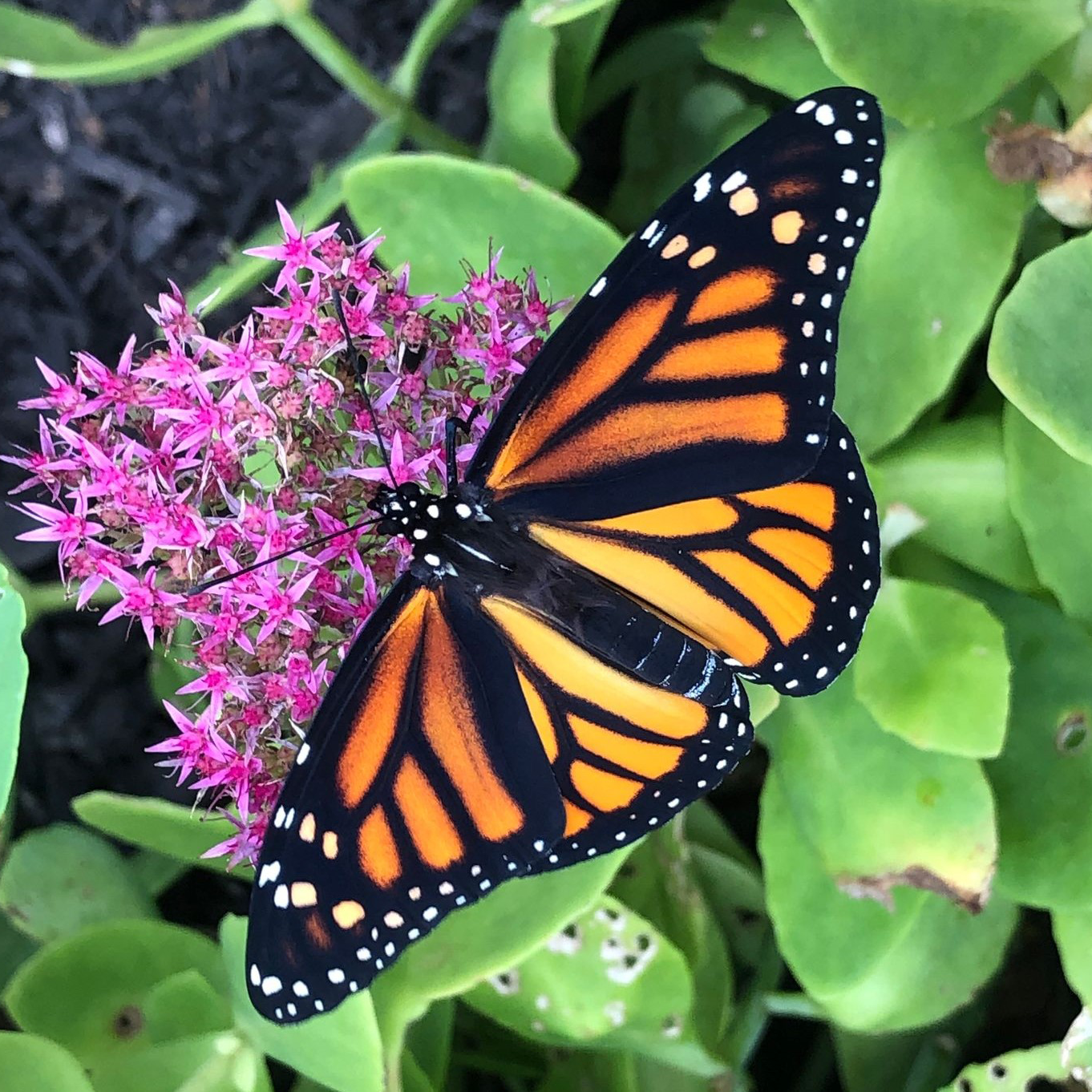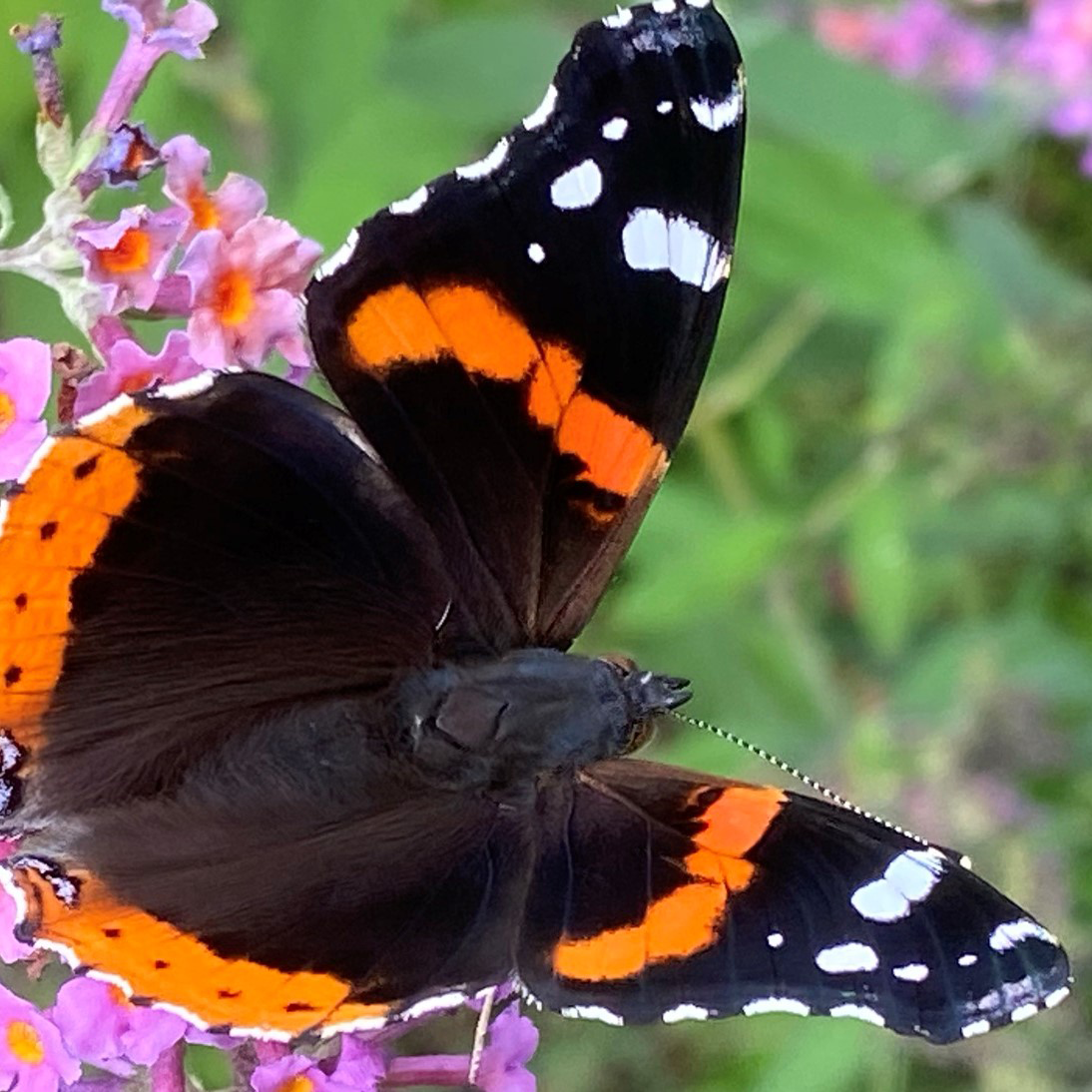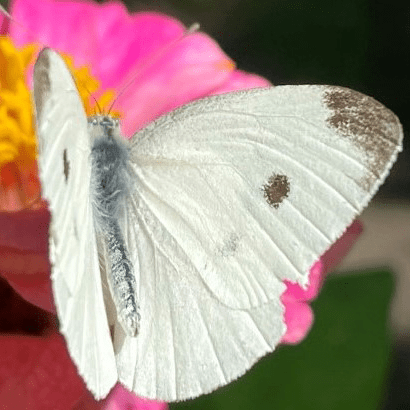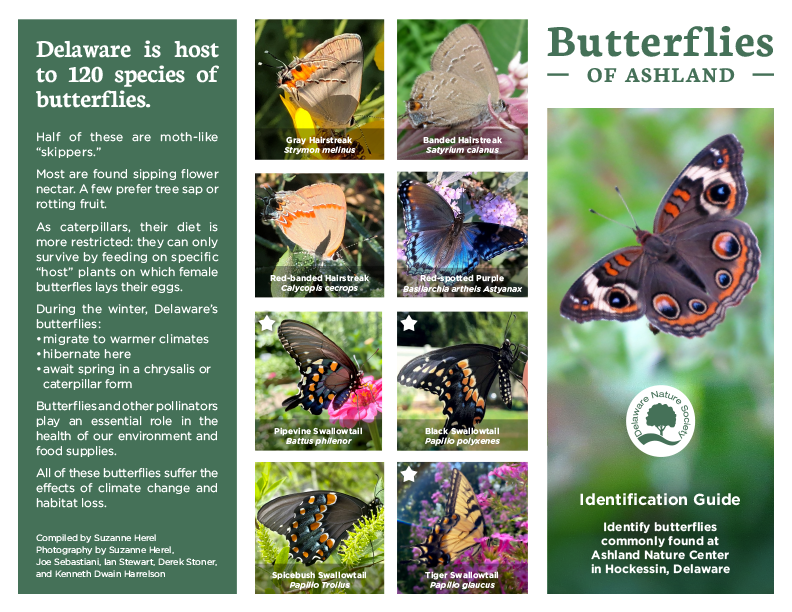Visit the outdoor Ashland Butterfly Habitat beside Ashland Nature Center‘s Visitor Center to view, up close, some of Ashland’s local butterflies. All ages welcome. The best time to see butterflies is from July through September.
While you visit, learn about our native butterflies in every stage of their life cycle.
Delaware is host to 120 species of butterflies! Many of these can be found on the grounds of Ashland Nature Center.
Below, learn the names of some of our local butterflies, the “host” plants they live on and eat, how they spend the winter, and other interesting facts!
Photography by Hank Davis, Suzanne Herel, Lori Athey, Rachel Cameron, and other contributors.
Butterflies Commonly Found at Ashland
Our Butterfly Habitat features a variety of butterflies, some pictured below, native to northern Delaware.
EASTERN BLACK SWALLOWTAIL
KEY FEATURES
Food: Carrot family
Defense: Mimic (Adult)
Status: Secure
Range: Canada to South America
PIPEVINE
SWALLOWTAIL
KEY FEATURES
Food: Pipevine
Defense: Toxic
Status: Secure
Range: Canada to Mexico
EASTERN TIGER SWALLOWTAIL
KEY FEATURES
Food: Carrot family
Defense: Mimic (Caterpillar)
Status: Secure
Range: Canada to South America
MONARCH
KEY FEATURES
Food: Milkweed | Defense: Toxic
Status: Endangered
Range: Annual 2-way Migration Canada to Mexico
RED ADMIRAL
KEY FEATURES
Food: Nettles | Status: Secure
Range: The Americas, Europe, Asia, Hawaii, and the Caribbean
CABBAGE WHITE
KEY FEATURES
Food: Mustard family
Status: Secure
Range: Europe, Asia, North Africa, and North America
Identify more butterflies
- Download our Printable Butterfly ID Brochure
- Visit Butterflies and Moths of North America
- Visit North American Butterfly Association
How to Garden for Butterflies – Beginners Welcome!
Whether you have a postage-stamp patio or a plot of land, you can attract butterflies to your yard.
Plant for eggs, caterpillars, and adults »
Start with milkweed!
Take your Butterfly Gardening to the Next Level
Local native plants nurture a healthy food web.
More Gardening Tips
- Is it a native plant or invasive?
- Join the Homegrown National Park Movement
- Native plants for difficult situations
- Support pollinators
Other Ways to Help Butterflies
Find what others are seeing at Ashland and record your observations!
- iNaturalist: Ashland Nature Center Biodiversity
- iNaturalist: Butterflies and Moths at Ashland Nature Center
- MonarchWatch: Help Monarchs
Help Others Get Excited About Butterflies

Fun Facts About Butterflies
- Butterflies are found everywhere in the world except Antarctica.
- Butterflies have taste buds on their feet. This helps the females determine where to lay eggs – they can “taste” a leaf to see if their caterpillars will be able to eat it.
- When a caterpillar hatches, it eats its protein-rich shell as its first meal. It will continue to consume its shed skin to conserve nutrients.
- Caterpillar poop is called frass. Butterflies, however, don’t poop at all.
- Migrating monarchs can live six to nine months.
- There is only one carnivorous butterfly in North America! The elusive Harvester (pictured – photo by John Flannery) feeds on wooly aphids. If you’re lucky, you might spot one at Ashland!
